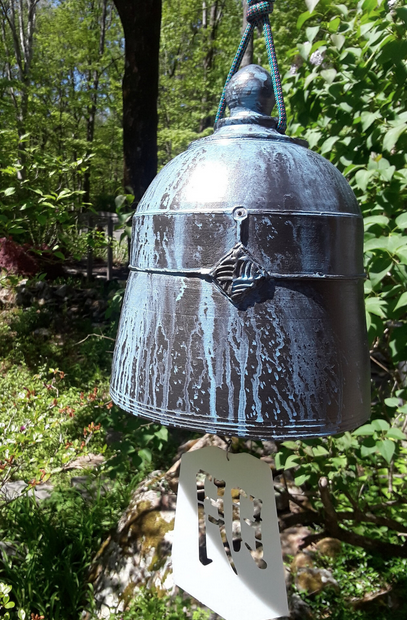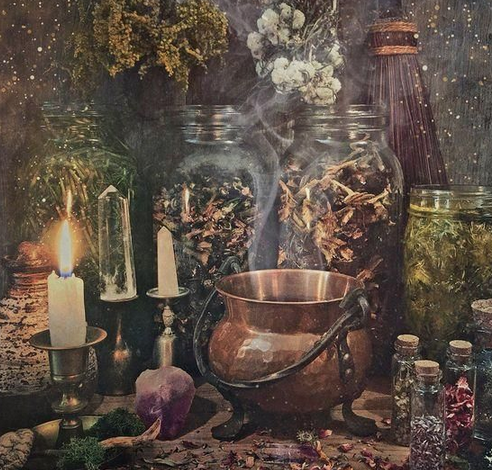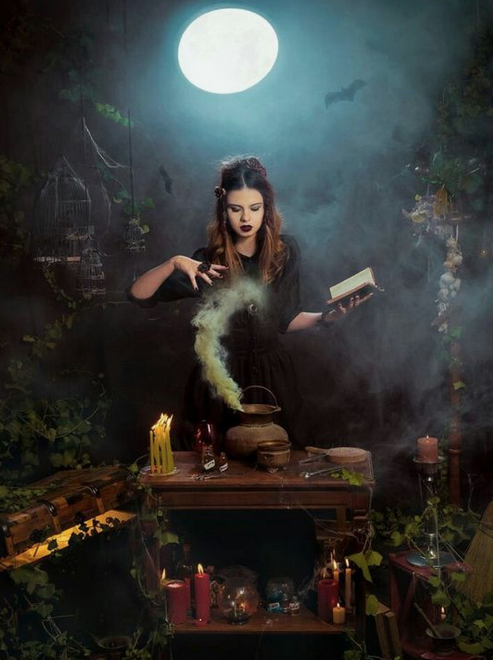


People are superstitious about medicine, science, animals and other people. People have been superstitious for millennia and continue to maintain that notion despite all the wisdom in the world and they are especially superstitious of us Witches.
I’m not superstitious,
Terry Pratchett
I’m a Witch.
Witches aren’t superstitious.
We are what people are superstitious of.
Superstition results from ignorance, it is the fear of the unknown and lack of understanding towards the Supernatural, Nature, the Gods and Magick. It is because of the fear and superstition of others that we have to be extra careful for our own safety as well as the safety of our fellow Muggles, not to mention the inherent dangers of our Craft. Mages, Wizards and Witches have known the secrets of charms, amulets and talismans and the uses of sigils and seals since antiquity to ward and protect and safeguard magickal work.



Charms Almost anything can be used as a lucky charm and the item is simply used to attract good luck. Amulets Amulets have been worn for protection for thousands of years. They are believed to have the power to ward off negative energy, evil spirits and even illness. Anything can function as an amulet; items commonly so used include gems, statues, coins, drawings, plant parts, animal parts, and written words. Depending on the tradition they can be inherently magickal or they can be “blessed” and therefore imbued with power to protect. Amulets are found in many cultures past and present and can be temporal or spiritual. Talismans Talismans are used to attract something specific to the owner. A talisman must be consecrated and charged with magickal power by the person preparing it, in order to fill them with the specific power and energy of their intended use. Talismans are often inscribed with symbols or sigils that add a personal connection to the wearer and the purpose. The Pentacle is a talisman used in Magick rituals, often to consecrate and charge other tools. A talisman is more a protector of a person, place or thing; you can use a talisman to protect your Book of Shadows when inscribed with a seal or sigil, witch in turn will make it unusable for anyone but you.



Magic Squares
Magick squares (kameas) have a long history, dating back to at least 190 BCE in China. At various times they have acquired magickal or mythical significance, and have appeared as symbols in works of art. Squares of numbers or words.
The Sator Square is the earliest dateable palindrome, found in the ruins of Pompeii, at Herculaneum, a city buried in the ash of Mount Vesuvius in 79 AD. It consists of a sentence written in Latin: “Sator Arepo Tenet Opera Rotas.” Its translation has been the subject of speculation for a long time. It has been found and used in many places since.
The most common use for these kameas is spirit work; they serve as seals or sigils for the entity’s name which holds them to our plane and/or in the place they are summoned. It is said that spirits would become confused by the repetition of the letters in palindromes and therefore the square was immune to their tampering.
Magic squares assigned to the seven planets involve engraving the appropriate square on a plate made with the metal assigned to the corresponding planet, for example Saturn has to be inscribed on a lead plate, to attract its influence. Other squares where used to arrive at a specific goal or spell when revealed, as well as performing a variety of rituals. Documentation of witch can be found in several manuscripts all around Europe starting at least since the 15th century.
They are found on Grimoires in either version and differing patterns and are generally intended for use as talismans.



Keys Keys represent wisdom, enlightenment and protection. Keys are used to safeguard both the physical and metaphysical. To this purpose a key can be of various type, an actual key, a physical object like a medallion or similar or a sigil or seal written on the object or material to lock. For example a magickal seal can lock a demon into a stone or other dimension, a medallion can be a key to open a hidden door and a written symbol can render a spell visible… A quick way to attract positive energy while simultaneously deflecting evil is to keep a metal key on you at all times. Magick keys open doors of opportunity. Old metal keys are the best, they have unlocked many doors before finding their way to you. They will both guide you and protect you. Three keys worn on a chain will bring health, wealth and love. An upside down door key placed near the bed will dispel nightmares and promote peaceful sleep. Keys are sacred to Hecate Goddess of Witchcraft and Crossroads.





































